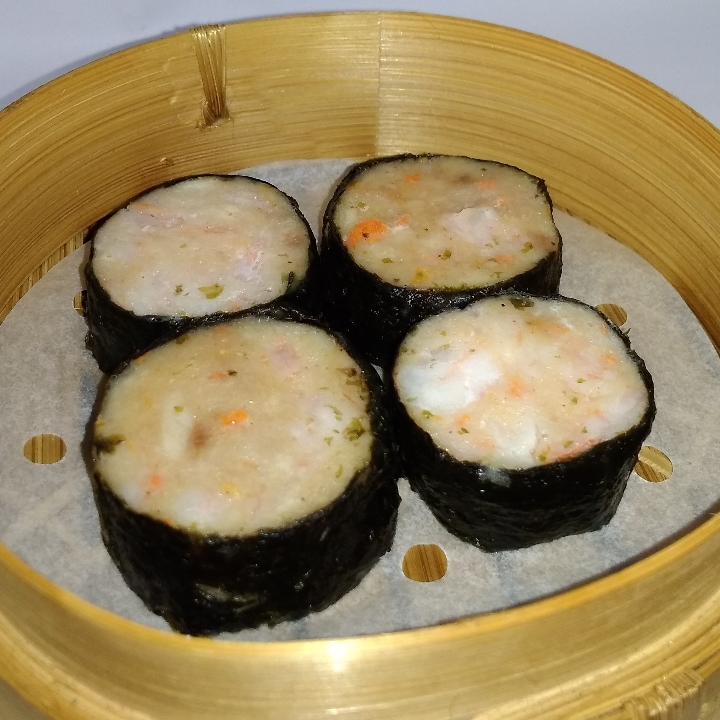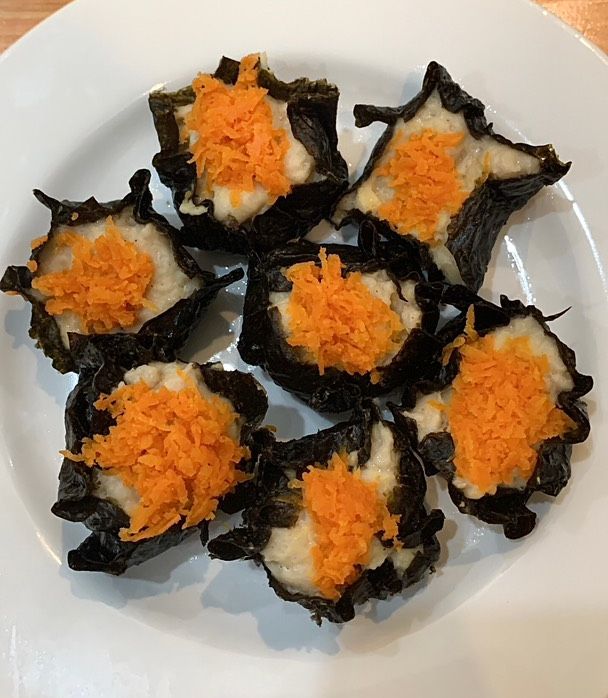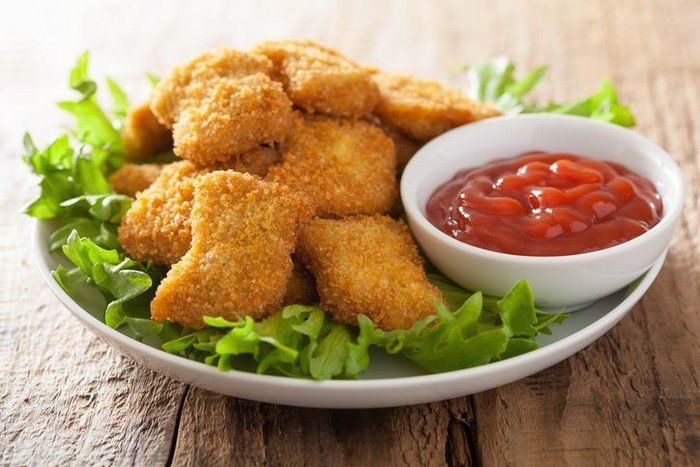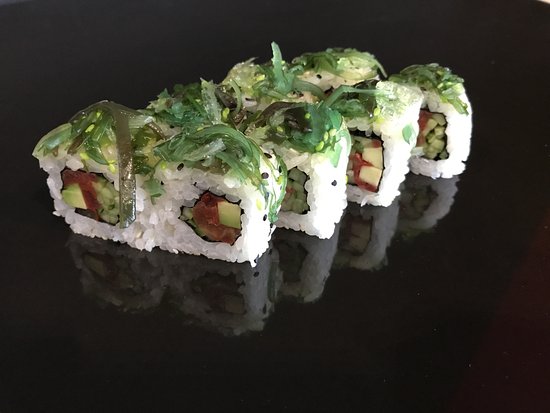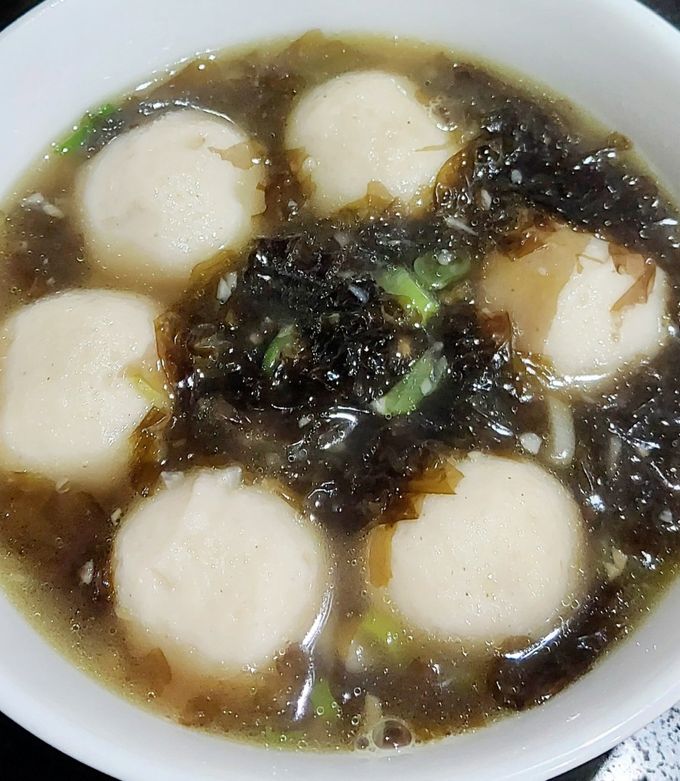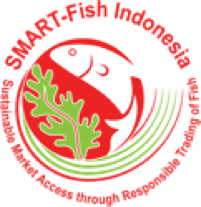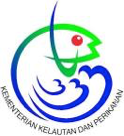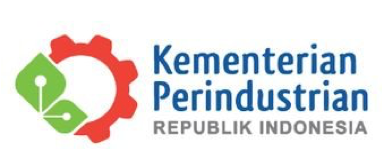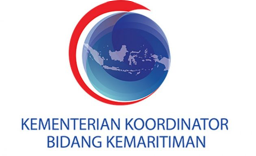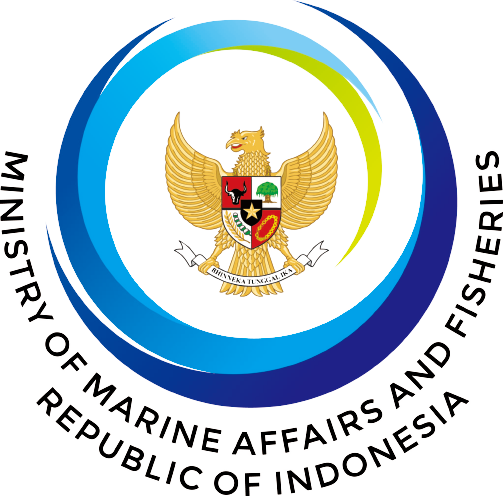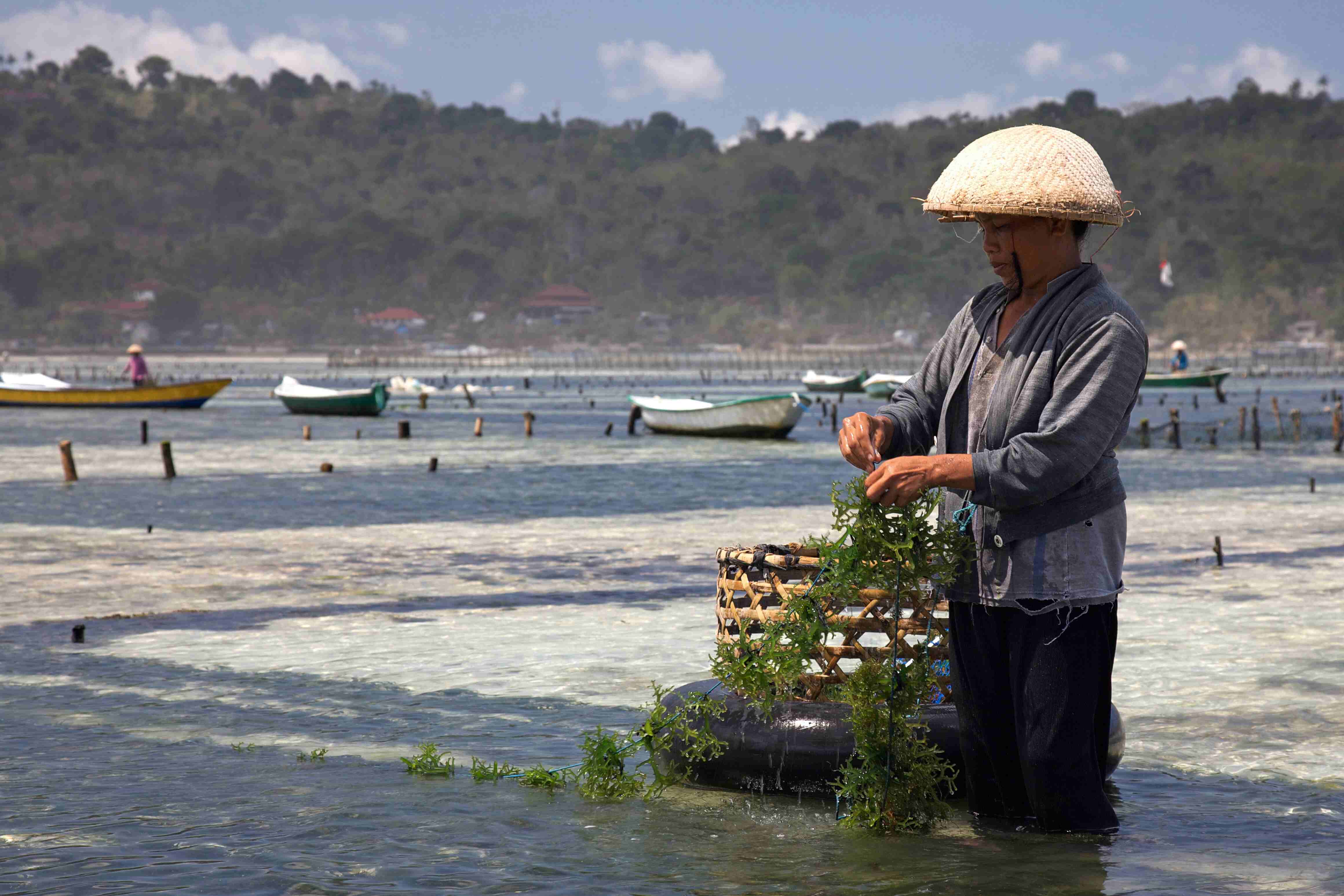
How Does Seaweed Farming Work?
Seaweed is one of the most marine commodities with growing global market potential.
Demand for seaweed continues to rise, both as a food source in countries such as Japan, Korea, and across Southeast Asia, and as a raw material for a range of industries.
Seaweed-derived products are widely used in pharmaceuticals, cosmetics, textiles, bioenergy, and bioplastics. With its high economic value and environmentally sustainable nature, seaweed farming has emerged as a strategic solution to support food security and the development of a blue economy.
Seaweed Farming Methods
Seaweed farming can be conducted using various methods depending on the species, environmental conditions, and farming objectives. Three primary techniques are widely practiced:
Fixed-Off Bottom Method
Applied in shallow waters with sandy or muddy sea beds. Wooden stakes are anchored into the seabed, and seedlines are tied between the stakes to suspend seaweed. This method suits small- to medium-scale farming.
Floating Raft Method
Utilizes bamboo, wood, or other floating materials to create a raft that stays on the sea surface. Seaweed seedlings are attached to lines that are hung across the raft’s frame. Ideal for areas with coral seabeds and gentle currents.
Long Line Method
Involves stretching a long rope parallel to the sea surface, supported by floats, with anchors securing it in place. This method is efficient for large-scale farming as it covers wider areas.
Modern and more controlled systems, such as land-based cultivation in tanks and Integrated Multi-Trophic Aquaculture (IMTA), are also gaining popularity as sustainable seaweed farming approaches.
Farming Site Selection
Choosing the right location is critical to the success of seaweed farming. Key criteria to consider include:
• Seabed type: Must match the chosen farming method; sandy or muddy substrates are needed for bottom planting.
• Water depth: Ideally between 0.5 to 1 meter during low tide, depending on the technique used.
• Current and wave exposure: Moderate water flow (20–40 meters/minute) helps distribute nutrients without damaging the farm structure.
• Water clarity and quality: Clean, unpolluted water, away from river mouths and industrial discharge, is essential.
• Environmental parameters: Optimal water temperature is 25–30°C, salinity should range from 30–35 ppt, and pH between 6.5 and 8.5.
The location should also be easily accessible for regular operations, monitoring, and harvesting.
Planting Process
Seaweed farming begins with the selection of healthy seedlings from productive, disease-free parent plants. Ideal seedlings are brightly colored, well-branched, and free of physical damage.
These seedlings are tied onto seedlines using raffia or soft rope. The seedlines are then mounted on the farming structure—stakes, rafts, or long lines—based on the chosen method. Proper spacing between seedlings ensures good water circulation and optimal growth.
Maintenance
Routine maintenance is essential to ensure healthy growth and prevent pest or environmental threats:
• Water monitoring: Regular checks on temperature, salinity, and clarity.
• Cleaning: Removal of algae or other organisms that may attach to the seaweed or equipment.
• Pruning: Damaged or decaying parts should be trimmed promptly.
• Replacing equipment: Worn or broken lines must be replaced to maintain farm integrity.
Harvesting
Seaweed is typically harvested 30 to 45 days after planting, depending on species and environmental conditions. Harvesting should be done carefully to avoid damaging remaining crops or the farming structure.
After collection, the seaweed is washed and sun-dried for several days. It must be turned regularly to ensure even drying and maintain quality. Once dried, it can be stored, sold, or further processed.
Seaweed Farming Benefits
Seaweed farming offers numerous benefits, not only economically but also environmentally. Seaweed absorbs significant amounts of carbon dioxide and nitrogen from the ocean, making it a natural solution for climate change mitigation and nutrient pollution control. Additionally, seaweed provides essential habitat for marine life.
Economically, seaweed is a highly profitable commodity. The increasing global demand creates significant opportunities for producers, from raw seaweed to high-value products such as agar, carrageenan, and marine-based cosmetics.
In the context of sustainable development, the question of “how does seaweed farming work” becomes not only relevant but vital, as it represents a model that supports economic resilience while preserving marine ecosystems.
